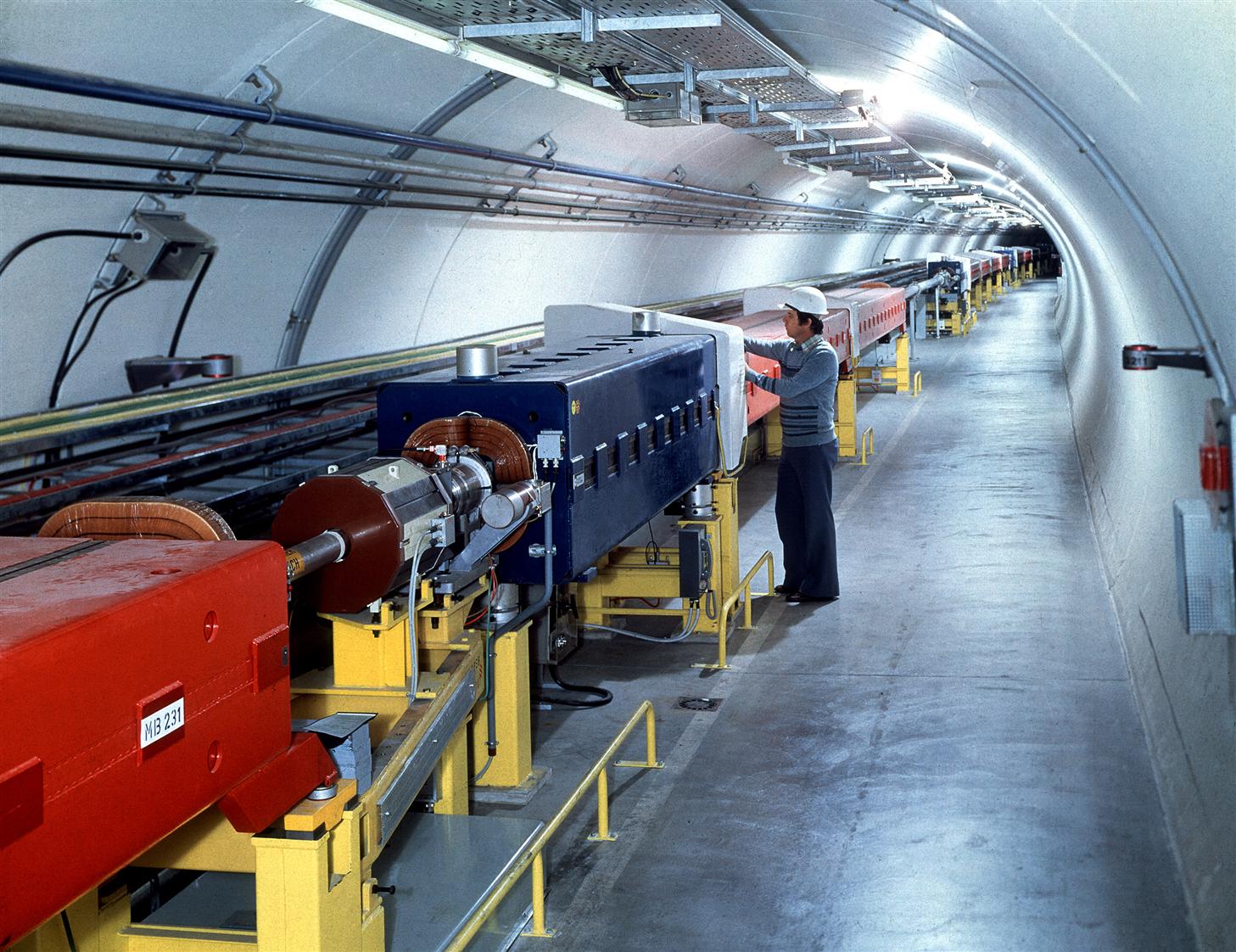
The first beam of protons circulates in the full 7 km of the Super Proton Synchrotron (SPS) on 3 May. This accelerator has since gone on to become the workhorse of CERN’s particle physics programme. Just a few years later, the SPS is converted into a proton-antiproton collider, leading to the Nobel-Prize-winning discovery of the W and Z particles. In 1989, it begins serving also as an injector for a larger machine, the Large Electron-Positron Collider (LEP).
